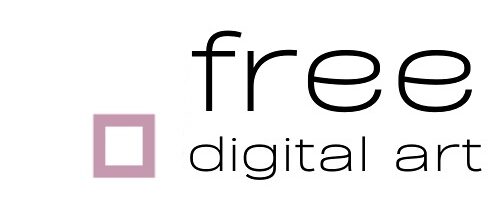Color is a powerful tool in design, capable of evoking emotions, guiding attention, and creating visual impact. Understanding how to effectively use contrast and harmony in color can elevate a design, making it more dynamic, engaging, and aesthetically pleasing. In this detailed exploration, I will delve into the concept of contrast and harmony in color usage, offering practical tips for creating attractive and balanced compositions. Additionally, I will showcase examples of wallpapers that demonstrate the effective use of contrast and harmony in design.

Understanding Contrast and Harmony
- Contrast: Contrast refers to the difference between colors or elements in a design. High contrast creates visual interest and helps certain elements stand out, while low contrast creates a more subtle and cohesive look. Types of contrast include:
- Color Contrast: Contrasting colors, such as complementary colors (opposite on the color wheel) or colors with different values (lightness/darkness), create visual impact and draw attention.
- Value Contrast: Contrast in lightness or darkness between colors or elements helps create depth and dimension in a design. High-value contrast emphasizes differences, while low-value contrast creates a more harmonious look.
- Texture Contrast: Contrasting textures add tactile interest to a design, creating visual variety and richness. Smooth textures contrasted with rough textures, or glossy finishes contrasted with matte finishes, can create dynamic visual effects.
- Harmony: Harmony refers to the pleasing arrangement of colors or elements in a design. Harmonious color schemes create a sense of unity and balance, enhancing the overall aesthetic appeal. Types of harmony include:
- Analogous Harmony: Colors that are adjacent to each other on the color wheel create a harmonious and cohesive look. Analogous color schemes often evoke a sense of warmth or tranquility.
- Monochromatic Harmony: Monochromatic color schemes use variations of a single color to create a unified and sophisticated look. By playing with different shades, tints, and tones of the same color, designers can achieve subtle variations and visual interest.
- Complementary Harmony: Complementary colors, which are opposite each other on the color wheel, create vibrant and dynamic contrasts. When used together, complementary colors intensify each other, creating a bold and energetic look.
Practical Tips for Creating Contrast and Harmony
- Start with a Base Color: Choose a dominant color as the foundation of your design. This base color will set the tone for the overall composition and guide your color choices for contrast and harmony.
- Experiment with Color Combinations: Explore different color combinations to find the right balance of contrast and harmony for your design. Consider complementary, analogous, or monochromatic color schemes, and experiment with variations in hue, saturation, and value.
- Use the 60-30-10 Rule: When combining multiple colors in a design, follow the 60-30-10 rule for balance. Allocate 60% of the design to the dominant color, 30% to a secondary color for contrast, and 10% to an accent color for highlights and accents.
- Consider the Mood and Message: Choose colors that reflect the mood and message you want to convey. Warm colors such as reds, oranges, and yellows evoke energy and excitement, while cool colors such as blues and greens evoke calmness and tranquility.
- Pay Attention to Value and Saturation: Balance colors with different values (lightness/darkness) and saturations (intensity) to create depth and dimension in your design. Use lighter or darker shades of a color to create contrast, and adjust the saturation to achieve the desired mood.

Examples of Effective Use of Contrast and Harmony in Wallpapers
- Contrast: A wallpaper featuring bold geometric patterns in black and white creates striking contrast, drawing the eye and adding visual interest to the space. The stark contrast between light and dark elements creates a dynamic and modern look.
- Harmony: A wallpaper with a monochromatic floral design in varying shades of blue creates a sense of harmony and tranquility. The subtle variations in hue and saturation add depth and dimension to the design, while maintaining a cohesive and unified look.
- Combination: A wallpaper combining complementary colors such as teal and coral in a vibrant abstract pattern creates a harmonious yet dynamic composition. The contrasting colors intensify each other, creating a bold and energetic visual statement.

In conclusion, mastering the principles of contrast and harmony in color usage is essential for creating visually appealing and effective designs. By understanding how to effectively balance contrasting elements and create harmonious compositions, designers can elevate their work and captivate their audience. Whether it’s through bold contrasts that grab attention or harmonious palettes that create a sense of unity, color has the power to transform and enhance any design.
